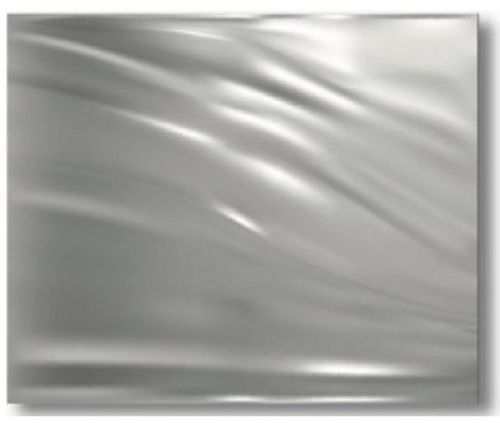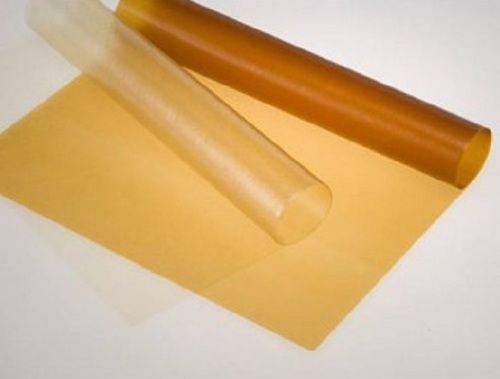Xion BPM-Aquivion-870-Durion-LMW-30 m

Product Description
XionBPM-Aquivion-870-Durion-LMW-30m
ProductCode: 72600127
XionBPM-Aquivion-870-Durion-LMW-30m composite bipolar membrane consists of DurionLMW based anion exchange layer (AEL) and Aquivion 870 based cation exchangelayer (CEL). This composite bipolar membrane has a thickness of 30micrometers.
A composite bipolarmembrane is usually comprised of a mechanical reinforcement that is sandwichedbetween a cation exchange layer and an anion exchange layer. Cationexchange layer (CEL) is formed by the cation exchange dispersion on one side ofthe mechanical reinforcement. An anion exchange layer (AEL), on the otherhand, is formed from the use of an anion exchange dispersion on the oppositeside of the mechanical reinforcement. A composite bipolar membrane can also becalled as composite bilayer membrane. The microporous e-PTFE basedreinforcement layer is integrated into the structure of the bipolar membrane toprovide enhanced mechanical properties, reduced swelling, and increasing theinterface area between the CEL and AEL.
Bipolar membranes areusually used for water splitting reactions in various electrochemicalapplications. At the interface of AEL and CEL, water molecules aredissociated into OH- and H+ ions when exceeding a potential difference ofapproximately 0.8 V. The CEL must be directed towards the cathode, the AEL mustbe directed towards the anode, and the mode of operation has to be reversebiased in order to promote the water dissociation reaction. Under thereverse biased mode, the electrons would be transferred from anode side tocathode side. Water molecules would naturally diffuse into theintermediate layer between AEL and CEL due to presence of hydrophilic domainswithin those respective layers and generation of H+ and OH- ions would occur asa result of water splitting reaction. H+ ions will diffuse out from theCEL layer and migrate into the cathode chamber. OH- ions, on the otherhand, would diffuse out from the AEL layer and migrate into the anodechamber. The electro-catalytically forced water dissociation produces incontrast to the classical electrolysis of water no reaction gases. Therefore,one Mol of OH- and H+ ions can be achieved at an energy value ofapproximately 22 Wh (Electrolysis: approximately 55 Wh per Mol).
XionBPM-Aquivion-870-Durion-LMW-30m composite bipolar membrane is easy to use andexpected to deliver the following specs:
High watersplitting efficiency (> 98% at 100 mA cm-2 in 0.5 M NaCl at 25C)*
Low water splitting voltage (< 1.2 V at 100 mA cm-2 in 0.5 M NaCl at25C)*
Excellent mechanical properties at lowthickness (30 m)
Xion BPM-Aquivion-870-Durion-LMW-30m compositebipolar membrane features:
Applications: Water splitting,electrodialysis, production of acids and alkali from a corresponding salt whichis also known as salt splitting reaction,
Bipolar Exchange Membrane
Stability range (pH) at 25 C: 1 -14
Thickness: 30 micrometers (nominalthickness)
Reverse Bias andForward Bias Operation Modes with Composite Bipolar Membranes:
Figure (a) provides the schematic representation ofthe composite bipolar membrane under reverse bias mode, where first thejunction is depleted of ions and then water dissociates into H+ and OH-ions. Figure (b) describes the operation of a composite bipolar membraneunder forward bias mode, where H+ and OH- ions are transported into thebipoplar membrane through their respective layers and water is formed at thebipolar junction (also called as bipolar interface or interface layer). AELstands for anion exchanger layer, CEL stands for cation exchange layer, ILstands for interface layer.
Scientific Literaturefor Various Use of Composite Bipolar and Ion Exchange Membranes:
The article by Prname etal. entitled "Bipolar membranes: A review on principles, latestdevelopments, and applications" is considered to be anexcellent source that describes the operating principle of bipolar membranes,provides a very through analysis of the recent progress in the area of bipolarmembranes and use of such membranes in various applications.
The article by Jaroszek and Dydo entitled" Ion-exchange membranes in chemical synthesis - a review" isconsidered to be an excellent source for how to properly use a compositebipolar and other ion exchange membranes for various chemical synthesisreactions via electrodialysis, 2-chamber membrane electrolysis, 3-chamberelectro-electrodialysis, 4-chamber electrodialysis metathesis, electrodialysiswith bipolar membrane, electrodeionization, ion substitution electrodialysis,Donnan dialysis,

Price:
- 50
- 100
- 200
- 250
- 500
- 1000+
Other Products in 'Fuel Cell Membranes' category
 |
ULTRANANOTECH PRIVATE LIMITED
All Rights Reserved.(Terms of Use) Developed and Managed by Infocom Network Private Limited. |









